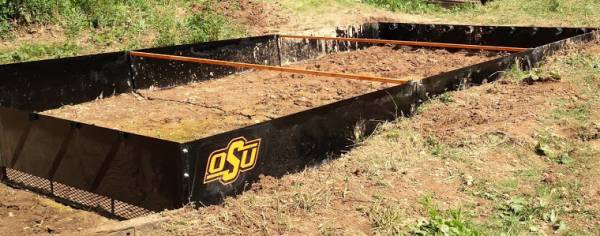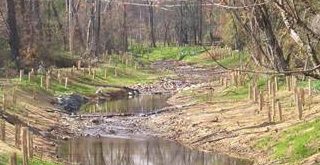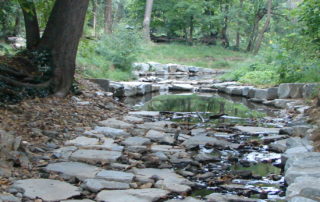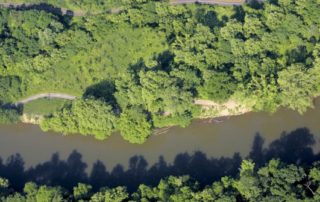The Need for Headwater Protection and High-Elevation Stormwater Controls
Headwater streams and wetland areas are the birthplace of our surface water resources. They constitute the greatest percentage of total stream length in a river system. They are vitally important for providing clean and cold water, habitat, and flood control; however, they can only provide such services if they are protected from disturbance. Headwater streams offer the greatest opportunity for interaction between water and land; and it is with this interaction that numerous biological, chemical, and physical processes are constantly occurring to clean stormwater runoff. These are the processes which are responsible for maintaining water quality downstream. I am a [...]










